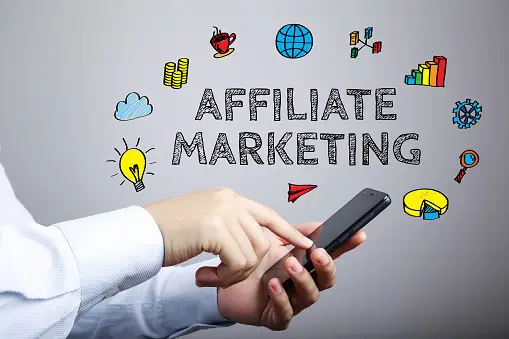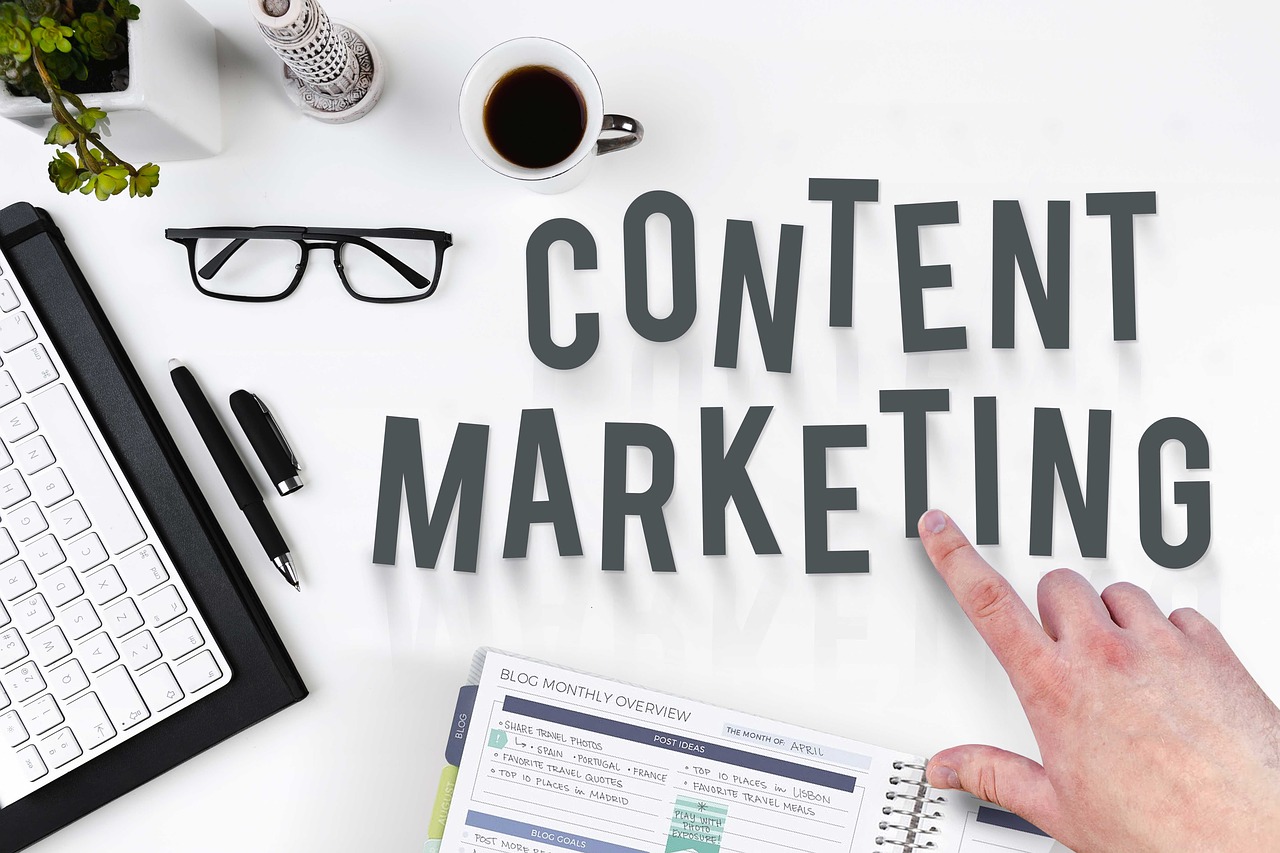Navigating the Maze: Comprehensive Shipping and Fulfillment Solutions for Modern E-commerce Enterprises
In today’s fast-paced digital marketplace, the success of an e-commerce business hinges not just on the quality of products offered, but also on the efficiency and reliability of its shipping and fulfillment processes. As online shopping continues to surge, customers increasingly expect swift, cost-effective, and dependable delivery options. This comprehensive guide delves into the myriad shipping and fulfillment options available to e-commerce businesses, helping you navigate this complex landscape to find the perfect fit for your enterprise.

Understanding the Importance of Effective Shipping and Fulfillment
Before we dive into the specifics, it’s crucial to understand why shipping and fulfillment are such pivotal aspects of e-commerce:
-
Customer Satisfaction: In the age of Amazon Prime and same-day deliveries, customers have high expectations. Meeting or exceeding these expectations can significantly boost customer satisfaction and loyalty.
-
Competitive Edge: Offering superior shipping options can set your business apart from competitors, potentially increasing market share.
-
Cost Management: Efficient shipping and fulfillment processes can help reduce operational costs, improving your bottom line.
-
Scalability: As your business grows, your shipping and fulfillment solutions need to scale accordingly. The right choice can facilitate smooth expansion.
-
Brand Image: The delivery experience is often the last touchpoint a customer has with your brand. A positive experience can enhance your brand image and encourage repeat business.
Now, let’s explore the various options available to e-commerce businesses.
Comparison of Shipping and Fulfillment Options
To help you make an informed decision, here’s a comprehensive comparison table of different shipping and fulfillment options:
| Option | In-House Fulfillment | Third-Party Logistics (3PL) | Dropshipping | Fulfillment by Amazon (FBA) | Hybrid Approach |
|---|---|---|---|---|---|
| Control | High | Moderate | Low | Low | High |
| Cost | High initial investment, lower long-term costs | Moderate | Low | Variable, can be high | Moderate to High |
| Scalability | Limited | High | High | High | High |
| Shipping Speed | Depends on infrastructure | Generally fast | Varies by supplier | Fast | Varies |
| Geographic Reach | Limited | Wide | Wide | Very wide | Wide |
| Inventory Management | Full control | Shared control | No control | Limited control | Flexible |
| Customization | High | Moderate | Low | Low | High |
| Best For | Small to medium businesses with unique products | Growing businesses | New businesses, testing products | Amazon sellers | Businesses with diverse product lines |
This table provides a high-level overview, but let’s delve deeper into each option to understand their nuances.
In-House Fulfillment: Taking Control of Your Shipping Destiny
In-house fulfillment involves managing all aspects of the shipping and fulfillment process internally. This includes warehousing, picking, packing, and shipping orders directly to customers.
Pros:
- Complete control over the entire process
- Ability to provide a highly personalized customer experience
- No third-party fees
- Direct oversight of inventory
Cons:
- Requires significant upfront investment in infrastructure and staff
- Can be challenging to scale quickly
- Limited geographic reach unless multiple warehouses are established
Real-World Example:
Zappos, the online shoe and clothing retailer, is known for its exceptional customer service. They achieve this partly through their in-house fulfillment center, which allows them to maintain strict quality control and offer fast shipping times.
For more insights on building an effective in-house fulfillment system, check out this thread on Reddit’s r/ecommerce.
Third-Party Logistics (3PL): Outsourcing for Efficiency
3PL providers specialize in handling the logistics of shipping and fulfillment for other businesses. They offer warehousing, inventory management, order processing, and shipping services.
Pros:
- Expertise in logistics and fulfillment
- Scalability to handle growth and seasonal fluctuations
- Often more cost-effective than in-house fulfillment for medium to large businesses
- Access to advanced technology and logistics networks
Cons:
- Less control over the fulfillment process
- Potential for communication issues
- Can be expensive for small businesses or those with low order volumes
Real-World Example:
Dollar Shave Club partnered with 3PL provider Saddle Creek Logistics to handle their fulfillment needs as they experienced rapid growth. This allowed them to focus on marketing and product development while ensuring efficient order processing and delivery.
For a comprehensive list of 3PL providers and reviews, visit Capterra’s 3PL software page.
Dropshipping: The Hands-Off Approach
Dropshipping is a fulfillment method where the retailer doesn’t keep products in stock. Instead, when a store sells a product, it purchases the item from a third party and has it shipped directly to the customer.
Pros:
- Low startup costs and minimal financial risk
- No need to manage inventory or warehousing
- Easy to test new product lines
Cons:
- Lower profit margins due to higher per-item costs
- Limited control over product quality and shipping times
- Highly competitive market
Real-World Example:
Wayfair, the home goods e-commerce giant, built its business largely on a dropshipping model. This allowed them to offer a vast array of products without the need for extensive warehousing.
For tips on starting a dropshipping business, check out this guide from Shopify.
Fulfillment by Amazon (FBA): Leveraging the E-commerce Giant
FBA is a service where businesses send their products to Amazon’s fulfillment centers. Amazon then handles storage, packaging, and shipping to customers, as well as customer service and returns.
Pros:
- Access to Amazon’s world-class logistics network
- Potential for increased sales through Amazon’s platform
- Eligibility for Amazon Prime shipping
- Handles customer service and returns
Cons:
- Can be expensive, especially for slow-moving inventory
- Less control over the fulfillment process
- Potential for commingling of inventory with other sellers
Real-World Example:
Many small businesses have found success using FBA. For instance, Anker, which started as a small accessory maker, grew into a major player in the electronics market partly due to its effective use of FBA.
To learn more about FBA and its costs, visit the official Amazon FBA page.
Hybrid Approach: The Best of All Worlds
A hybrid approach involves using a combination of the above methods, tailoring the fulfillment strategy to different products or markets.
Pros:
- Flexibility to optimize for different product types or customer segments
- Risk mitigation through diversification
- Ability to scale different aspects of the business independently
Cons:
- More complex to manage
- Requires careful coordination between different fulfillment methods
Real-World Example:
Chewy, the online pet supply retailer, uses a hybrid approach. They operate their own fulfillment centers for fast-moving items and popular products, while using dropshipping for specialty or oversized items.
For insights on implementing a hybrid fulfillment strategy, check out this article from Multichannel Merchant.
Choosing the Right Option for Your Business
Selecting the ideal shipping and fulfillment option depends on various factors unique to your business. Consider the following:
-
Business Size and Growth Projections: Smaller businesses might start with dropshipping or in-house fulfillment, while rapidly growing companies might benefit from 3PL or FBA.
-
Product Type: Perishable, fragile, or customized products might require specialized handling that only in-house fulfillment can provide.
-
Order Volume: Higher order volumes can make 3PL or FBA more cost-effective.
-
Geographic Distribution of Customers: If you have a global customer base, consider options with international fulfillment capabilities.
-
Budget: Consider both upfront costs and long-term operational expenses.
-
Level of Control Desired: If maintaining strict control over the customer experience is crucial, in-house fulfillment might be preferable.
-
Technology Integration: Ensure your chosen solution can integrate seamlessly with your e-commerce platform and other business systems.
Remember, your shipping and fulfillment strategy isn’t set in stone. As your business evolves, be prepared to reassess and adjust your approach.
Optimizing Your Shipping and Fulfillment Process
Regardless of the option you choose, here are some tips to optimize your shipping and fulfillment process:
-
Offer Multiple Shipping Options: Provide customers with choices, from economy to express shipping. According to a study by Metapack, 87% of consumers say the ability to track orders is a key factor in their online shopping decisions.
-
Implement Real-Time Tracking: Keep customers informed about their order status. Consider using services like AfterShip for comprehensive tracking solutions.
-
Optimize Packaging: Use appropriate packaging to minimize damage and reduce shipping costs. EasyPost offers an API to help optimize package selection.
-
Consider Sustainability: With growing environmental concerns, consider eco-friendly packaging options. NoIssue offers customizable, sustainable packaging solutions for e-commerce businesses.
-
Automate Where Possible: Use software to automate order processing, inventory management, and shipping label creation. Platforms like ShipStation can streamline these processes.
-
Analyze and Improve: Regularly review your shipping and fulfillment metrics to identify areas for improvement. Tools like ShipBob’s analytics platform can provide valuable insights.
Future Trends in E-commerce Shipping and Fulfillment
As technology continues to evolve, so do shipping and fulfillment methods. Here are some trends to watch:
-
Drone Delivery: Companies like Amazon and Google are developing drone delivery systems, which could revolutionize last-mile delivery.
-
Autonomous Vehicles: Self-driving delivery vehicles are being tested by companies like Nuro, potentially reducing delivery costs and increasing efficiency.
-
Hyperlocal Fulfillment: The rise of micro-fulfillment centers in urban areas could enable even faster delivery times for local customers.
-
Sustainable Shipping: As environmental concerns grow, expect to see more eco-friendly shipping options and packaging materials.
-
AI and Machine Learning: These technologies will play an increasingly important role in optimizing routes, predicting demand, and managing inventory.
Stay informed about these trends to ensure your business remains competitive in the ever-evolving e-commerce landscape.
Frequently Asked Questions
To address some common queries about shipping and fulfillment options for e-commerce businesses:
-
Q: How do I decide between in-house fulfillment and using a 3PL?
A: This decision depends on factors like your order volume, available capital, and desired level of control. In-house fulfillment offers more control but requires significant investment, while 3PLs offer scalability and expertise but less direct oversight. Analyze your business needs and growth projections to make the best choice. -
Q: Is dropshipping still a viable option in 2024?
A: Yes, dropshipping remains viable, especially for new businesses or those testing new product lines. However, it’s become more competitive, so success requires careful supplier selection, excellent customer service, and effective marketing strategies. -
Q: How can I reduce shipping costs without compromising service quality?
A: Consider strategies like negotiating rates with carriers, optimizing packaging, using regional carriers for certain areas, and implementing a hybrid fulfillment approach. Also, analyze your shipping data regularly to identify cost-saving opportunities. -
Q: What are the key metrics I should track for shipping and fulfillment?
A: Important metrics include order accuracy rate, shipping time, delivery time, return rate, shipping cost per order, and inventory turnover rate. These will help you assess the efficiency and effectiveness of your fulfillment operations. -
Q: How can I handle international shipping effectively?
A: For international shipping, consider partnering with a global 3PL or using services like DHL eCommerce or FedEx Cross Border. Ensure you understand customs regulations and use appropriate documentation. Offering localized payment options and clear information about duties and taxes can also improve the international customer experience.
In conclusion, the right shipping and fulfillment strategy can be a game-changer for your e-commerce business. By carefully considering your options, staying informed about industry trends, and continuously optimizing your processes, you can create a fulfillment system that not only meets customer expectations but also drives business growth. Remember, there’s no one-size-fits-all solution – the best approach is one that aligns with your unique business needs and goals.





